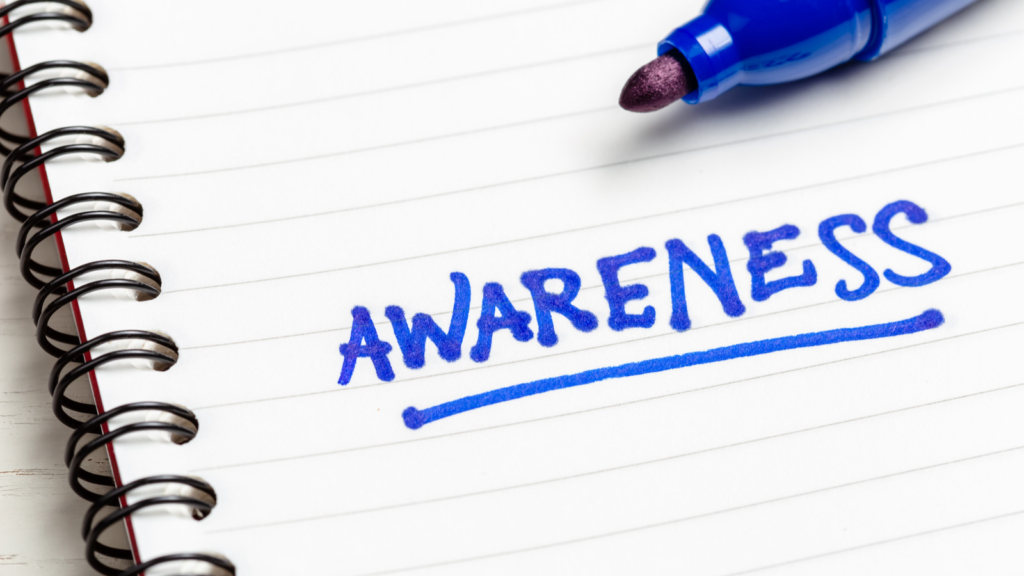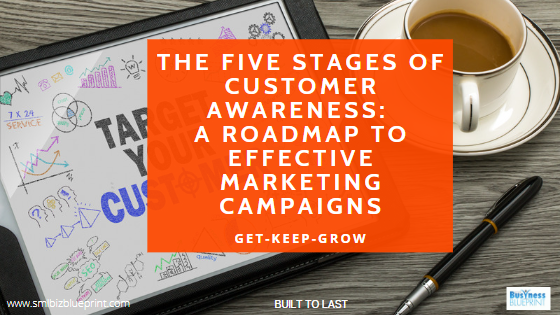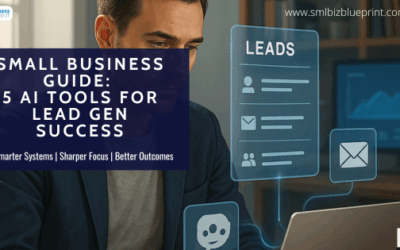All buyers take a journey. From identifying a problem or issue, they want to solve to finally buying a product or service that solves the problem.
The length of that journey will vary depending on the problem and the solution required.
As a business owner, it is important to understand this process and how you can help a prospect or customer along this journey. If you understand this, you can build a relationship with your customers that lasts a very long time.
Understanding the buyer’s journey is crucial for businesses as it enables them to align their marketing strategies, messaging, and customer touchpoints with potential customers’ specific needs and preferences at each stage of their decision-making process.

The buyer’s journey refers to the process potential customers go through when considering, evaluating, and ultimately making a purchase decision.
It typically consists of three stages: awareness, consideration, and decision.
By comprehending the buyer’s journey, businesses can gain valuable insights into the customer’s mindset, pain points, and motivations at each stage.
This understanding allows businesses to tailor their marketing efforts and provide relevant and personalised experiences.
At the awareness stage, businesses can attract potential customers by raising awareness of their brand and solutions.
They can provide educational content and information during the consideration stage to help prospects evaluate their options.
Finally, businesses can offer compelling incentives, testimonials, and reassurances in the decision stage to nudge customers towards purchasing.
By mapping out and optimising the buyer’s journey, businesses can ensure they are present and influential at every touchpoint, increasing the likelihood of conversions and building long-term customer loyalty.
Furthermore, it enables businesses to identify potential bottlenecks or areas for improvement, allowing for continuous refinement of marketing strategies and better customer engagement.
This is why understanding and harnessing the power of customer awareness is paramount for successful marketing campaigns. Developed by Eugene Schwartz in the 1960s, the concept of the five stages of customer awareness holds immense relevance in modern marketing strategies.
Businesses can effectively engage potential customers and drive conversions by strategically aligning their marketing efforts with each stage.
This article will explore how businesses can leverage the five stages of customer awareness to optimise their marketing campaigns and achieve tangible results.

#1 Unaware Stage:
At the initial stage of customer awareness, individuals are unaware of their problem or need.
Businesses must adopt an educational approach to capture their attention and ignite interest.
This involves creating content highlighting common pain points, challenges, or opportunities the target audience might be experiencing.
By offering valuable information, businesses can subtly introduce the idea that a solution exists, laying the groundwork for future engagement.
Example:
A skincare brand targeting individuals with acne-prone skin could create a blog post titled “Uncovering the Hidden Causes of Acne Breakouts.”
The article would educate readers about common triggers and share tips for managing acne.
By providing valuable information, the brand subtly introduces the idea that its skincare products can help address acne issues.
#2 Problem Aware Stage:
As potential customers become problem aware, they actively seek solutions through online research.
Businesses should produce content that demonstrates empathy, understanding, and expertise.
This can be achieved by addressing their pain points, providing valuable insights, and presenting case studies or success stories.
By positioning themselves as a reliable source of information, businesses can build trust and credibility with their audience.
Example:
A financial advisory firm aiming to attract millennials could develop an ebook titled “Navigating Student Loan Debt: A Comprehensive Guide.”
The ebook would address the challenges millennials face with student loan debt, offering practical strategies for repayment.
This educational resource positions the firm as a trusted authority and empathises with the target audience’s financial concerns.

#3 Solution Aware Stage:
In the solution-aware stage, customers actively search for a suitable solution but might not know how a particular product or service can address their needs.
It is crucial for businesses to showcase the unique value proposition of their offering. This can be achieved by highlighting key features, benefits, and advantages over competing solutions.
Tailoring content to address specific pain points and demonstrating how the offering solves those issues will significantly influence decision-making.
Example:
An e-commerce store selling organic baby products might create a video ad highlighting the benefits of their chemical-free baby skincare line.
The video would showcase how their products are gentle on sensitive skin, relieving common infant skin issues.
By emphasising the unique value proposition, the business differentiates itself from competitors and appeals to parents seeking natural alternatives.
#4 Product Aware Stage
At the product awareness stage, customers evaluate different options and read testimonials.
Businesses should emphasise social proof to convince them that their product or service is the right choice.
This can be accomplished by showcasing customer testimonials, case studies, reviews, and endorsements from trusted sources.
By leveraging the positive experiences of existing customers, businesses can build credibility and alleviate any doubts or concerns.
Example:
A software company offering project management tools could feature customer testimonials on its website.
These testimonials would highlight the efficiency gains and cost savings achieved by clients who have successfully implemented the software.
By showcasing real-world success stories, the company builds trust and demonstrates the positive impact its product can have.

#5 Most Aware Stage:
In the final stage, customers are ready to make a purchase. Businesses should provide a compelling reason to choose their offering to secure their decision.
This can be achieved through limited-time offers, exclusive discounts, value-added services, or loyalty programs.
By providing incentives and clearly articulating the value customers will receive, businesses can facilitate the decision-making process and drive conversions.
Example:
An online clothing retailer could launch a limited-time offer campaign, offering an exclusive discount code for first-time shoppers.
By prominently displaying the offer on its website and leveraging email marketing, the business creates a sense of urgency and incentivises potential customers to make a purchase.
This helps to close the deal and encourages immediate action.
It’s important to note that these examples can be adapted to fit various industries and target audiences. The key is to align the marketing message and content with the specific stage of customer awareness to engage and convert potential customers effectively.
Conclusion
Understanding and incorporating the five stages of customer awareness into marketing campaigns can significantly enhance a business’s ability to engage and convert potential customers.
Businesses can create a seamless customer journey that nurtures leads and builds trust by strategically aligning content and offers with each stage.
Remembering that customers may progress through the stages at different speeds, requiring ongoing nurturing and personalised communication.
By mastering the art of customer awareness, businesses can elevate their marketing efforts and establish long-lasting relationships with their target audience.
By implementing the strategies outlined in this article, businesses can unlock the full potential of the five stages of customer awareness and pave the way for marketing success.




